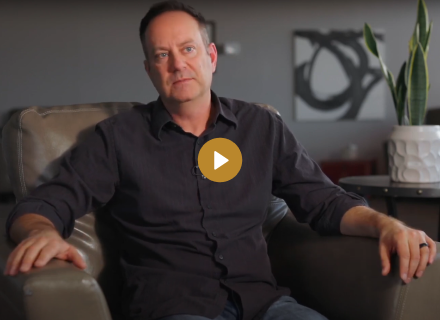Floyd Godfrey, PhD
Child abuse remains a critical concern worldwide, but the source of this abuse might not always be who you expect. Surprisingly, up to 70% of child abuse cases involve peers rather than adults. Organizations such as Defend Young Minds provide invaluable insights and resources to combat this troubling issue. Understanding the nuances between normative childhood curiosity and harmful interactions is essential for recognizing and addressing abuse effectively.
Understanding Abuse by Peers
Child-on-child abuse is often misunderstood and underreported. It ranges from bullying and physical aggression to more severe forms, including sexual abuse. Peer abuse is particularly insidious because it often goes unrecognized; children and even adults might dismiss it as typical play or exploration. However, it is crucial to discern normative behavior from harmful acts that can leave lasting psychological scars.
Differentiating Curiosity from Abuse
Normative curiosity and play are parts of childhood development, involving exploration of boundaries and identities within a safe environment. In contrast, abuse is characterized by coercive, secretive, or harmful interactions that are not consensual and that cause distress or harm to any child involved. Understanding these differences helps in identifying when to intervene and how to guide children in recognizing inappropriate behaviors.
Symptoms of Sexual Abuse in Children
Recognizing the signs of sexual abuse is crucial for timely intervention. Common symptoms include changes in behavior, such as withdrawal or aggression, regression to earlier developmental stages, sleep disturbances, and a sudden fear of certain places or people. Physical signs may also be present, though they are less common. Early identification and therapeutic intervention can mitigate long-term psychological effects.
Preventive Measures to Safeguard Children
Education is our strongest tool in preventing peer abuse. Teaching children about body autonomy, the difference between good and bad touch, and empowering them to say no, can significantly reduce vulnerability to abuse. Encouraging open communication about any uncomfortable or confusing encounters without fear of judgment or punishment is equally important.
Fostering Resilience and Hope
While the statistics on peer abuse are alarming, it is important to remember that many children successfully avoid harmful interactions through education and proper guidance. Instilling confidence and self-protective skills in children can make a significant difference. Adults, whether parents, educators, or mental health professionals, play a crucial role in fostering environments where children feel safe, respected, and valued.
In conclusion, understanding the dynamics of peer abuse, recognizing the signs, and implementing preventive measures can dramatically reduce the incidence of child abuse. By empowering children with knowledge and strategies to protect themselves, we pave the way for a safer and healthier future for all children.
Floyd Godfrey PhD is a Clinical Sexologist and Certified Mental Health Coach. He has been guiding clients since 2000. He currently speaks and provides consulting and mental health coaching across the globe. To learn more about his services, please visit his website: www.FloydGodfrey.com



